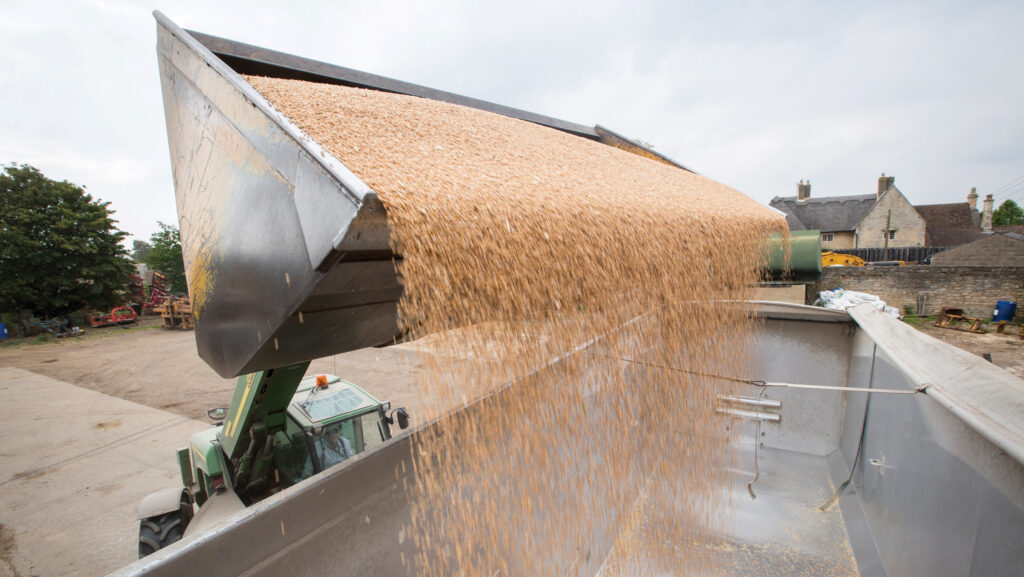Milling wheat premiums slide as global quality increases
 © GNP
© GNP Milling wheat premiums have felt the squeeze in recent weeks, reflecting this year’s better quality harvest and improved availability.
Based on a Farmers Weekly ex-farm price of £177/t for milling wheat on 8 October, the premium over feed wheat now stands at £13/t. A week ago it had fallen to just £8.40/t over feed.
This compares with a typical £15-£17/t premium for most of September, and nearer £50/t this time last year.
See also: Heavy US stocks put pressure on subdued wheat market
Openfield trader Glenn Mason said: “We’ve had a much better-quality harvest – the majority of varieties have passed the milling specification.
“There has also been a large carry in of milling wheat from last season, and the millers are well covered.”
The squeeze on premiums has been confirmed by AHDB senior analyst Helen Plant, who points to both international and domestic factors at play.
“After a period of tight global supply for high-protein milling wheats, we have seen supplies increasing for the past couple of years, with the Canadian crop recovering strongly,” she said.
Record crop
Latest figures from Saskatchewan suggest the spring wheat harvest is nearly complete, with yields and quality above average. Overall, Statistics Canada puts the 2025-26 wheat harvest at 36.6m tonnes – the largest crop since 2013.
Mainland Europe is also looking at a bigger soft wheat harvest, with EU Commission estimates set at 132.6m tonnes, up sharply from last year’s 111.7m tonnes.
Of particular significance for the UK milling wheat sector is the uptick in domestic wheat quality, says Ms Plant.
Provisional data for harvest 2025 put Group 1 wheats with good specific weights of 79-80kg/hl in England, protein contents at 13.5%-plus, and Hagbergs generally in excess of 300, “though the rain in August did impact some later crops”.
These figures compare with specific weights of 77.8kg/hl, protein of 12.5% and 343 Hagberg for 2024’s Group 1 varieties.
High pass rate
Joe Brennan, head of technical and regulatory affairs for the UK Flour Millers group, agreed the year was looking good for breadmaking wheat, given the high “pass rate” on specification.
“In a normal year, our members will import about 10% Canadian high-protein spring wheat to mix with lower protein UK wheat, and 5-10% of German wheat, depending on the year,” he said.
“Last year, for example, UK quality was very poor and we imported a lot more German.”
Mr Mason agreed that the current situation is far removed from last season, when the smaller UK crop and wet harvest meant millers were more aggressive buyers and importers early on.
“It remains to be seen if the premium remains low throughout the season,” Mr Mason added. “We will always import from Canada, but imports from Germany do look quite expensive,” he said. “So far, for the first couple of quarters, they [millers] seem to be comfortably supplied.”
